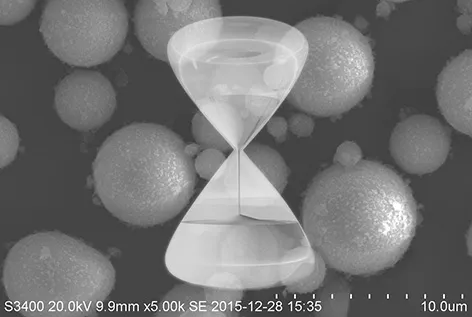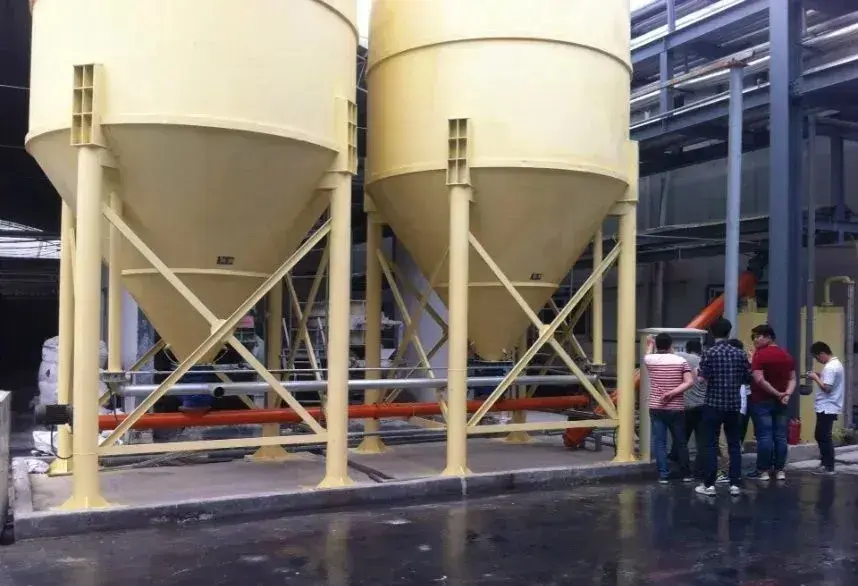Polishing powder is a crucial material in semiconductor polishing, playing a key role in achieving the desired surface finish and smoothness. By using specialized abrasive particles, polishing powders effectively remove microscopic layers of material from semiconductor wafers, ensuring high precision and minimizing defects. This process is vital for enhancing the performance and reliability of semiconductor devices, making polishing powders an indispensable part of modern electronics manufacturing. Currently, the most commonly used polishing powders are SiO2, CeO2, and Al2O3.
Cerium oxide, the king of polishing powder
Cerium is the second element of the lanthanide series and the 25th most abundant element on Earth, almost as abundant as copper.
In its natural state, cerium oxide (CeO2) is the most common and stable cerium oxide. Cerium oxide usually presents a cubic fluorite crystal structure with a space group of Fm3m. The valence electron layer structure of Ce is 4f15d16s2, and the energy difference between the outer electrons and the inner electrons is very small. Therefore, cerium oxide has two valence states: trivalent and tetravalent. Under the influence of the external environment, Ce3+ and Ce4+ can be converted into each other, accompanied by the formation and disappearance of oxygen vacancies. Based on this property, cerium oxide has a strong reactivity. Cerium oxide abrasives can generate easily removable chemical teeth on the surface of the workpiece to obtain excellent polishing performance.
Cerium oxide, the king of polishing powder
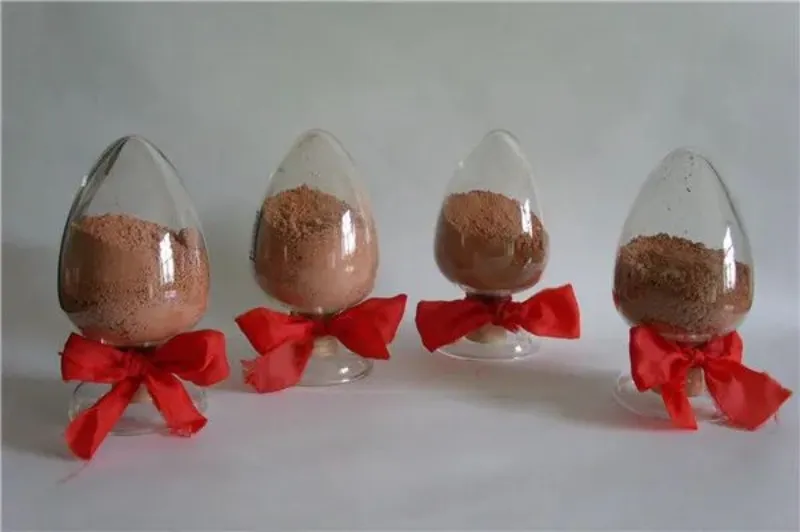
Cerium, the second element in the lanthanide series and the 25th most abundant element on Earth, is as abundant as copper. In nature, cerium typically exists as cerium oxide (CeO2), which is the most stable and common oxide of cerium. Cerium oxide has a cubic fluorite crystal structure with the space group Fm3m. The electronic configuration of cerium is 4f15d16s2, with a small energy difference between the outer and inner electrons. As a result, cerium oxide exists in two valence states: Ce3+ and Ce4+. Under external influences, Ce3+ and Ce4+ can interconvert, accompanied by the formation and disappearance of oxygen vacancies. Due to this characteristic, cerium oxide exhibits strong reactivity.
Cerium oxide abrasives can form easily removable chemical teeth on the workpiece surface, ensuring excellent polishing performance.
Advantages of Cerium Oxide as an Abrasive
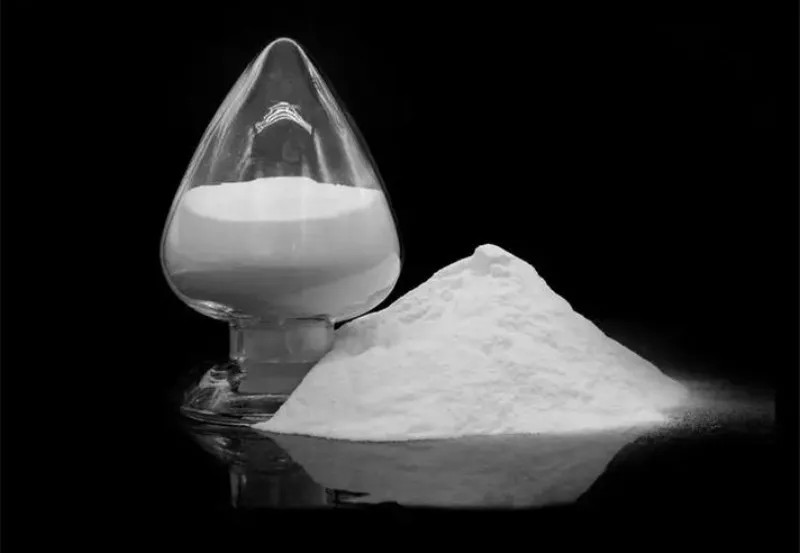
Strong Oxidizing Power: The tetravalent cerium in cerium oxide has a strong oxidizing effect. This contributes to powerful chemical interaction with polishing materials.
Suitable Hardness: Cerium oxide is slightly softer than silicon wafers. It prevents significant mechanical damage while achieving a smooth, clean surface.
High Polishing Speed and Efficiency: The polishing rate is 3 to 4 times faster compared to other abrasives.
Superior Crystal Form and Activity: Cerium oxide has excellent crystal structure and uniformity. It requires less material and lasts longer.
Clean and Environmentally Friendly: Cerium oxide polishing slurry is clean, non-polluting, and easy to handle.
Silicon dioxide, the most commonly used
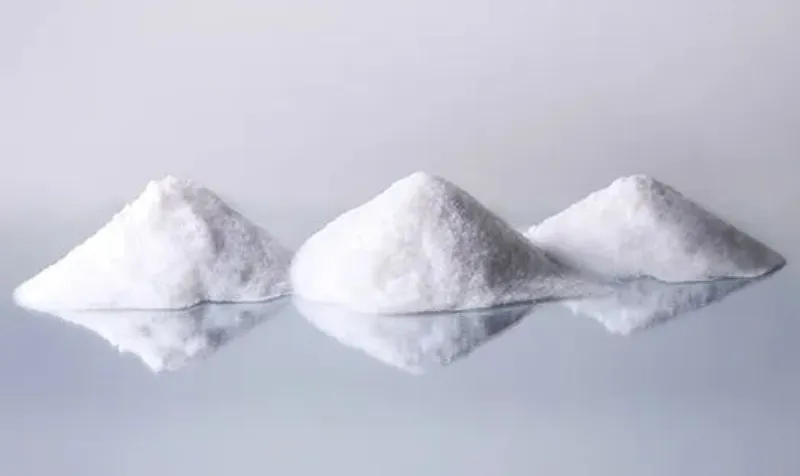
Nano-SiO2 is widely used in the field of chemical mechanical polishing due to its excellent stability, temperature resistance and suspension. It can be divided into spherical and non-spherical shapes based on its morphology.
Spherical Nano SiO2 polishing powders
Spherical nano SiO2 polishing powders are the primary polishing material for semiconductor substrate wafers. After CMP (Chemical Mechanical Planarization), the surface roughness of the wafer polished with spherical nano SiO2 is significantly better than that polished with non-spherical nano SiO2 abrasives. However, the CMP rate of traditional spherical nano SiO2 abrasives no longer meets the current processing demands. Therefore, there is an urgent need to improve the performance of spherical abrasives. The current mainstream trend both domestically and internationally is to modify the abrasives by introducing mesopores or doping. In order to increase the polishing rate and achieve higher processing efficiency for wafer polishing.
Non-Spherical Nano SiO2 Abrasives
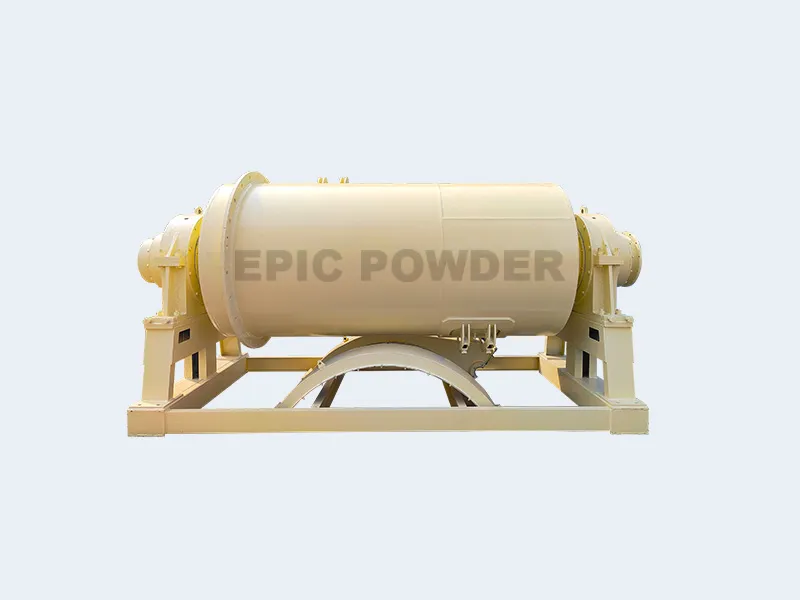
Non-spherical nano SiO2 polishing powders have irregular shapes, leading to a larger specific surface area. This results in a higher polishing rate compared to spherical abrasives. Currently, irregular-shaped abrasives such as petal, dumbbell, oval, rod, cocoon, and column shapes have been successfully synthesized. However, non-spherical abrasives usually have sharp edges and corners, which can easily cause scratches on the wafer surface during CMP. This leads to increased surface roughness and decreased flatness of the wafer surface.
Overall, SiO2 has excellent stability and dispersibility, and does not introduce metallic cation contamination. Its hardness is close to that of elemental silicon, and it causes minimal scratches or abrasions to the substrate material. These properties make SiO2 abrasives suitable for polishing soft metals, silicon, and other materials. As such, SiO2 is currently the most widely used abrasive in polishing slurries.
Alumina, high efficiency
Alumina (Al₂O₃) exists in multiple crystal forms, with over 10 known types. The most common types are α, β, and γ phases. Among these, α-Al₂O₃ is a white crystal, often in a rhombohedral shape, with a corundum structure. It is the most stable crystalline form with low specific surface area, dense structure, and low reactivity, making it highly stable at high temperatures. This phase also offers excellent mechanical and electrical properties. In chemical mechanical polishing (CMP), alumina polishing powders are typically chosen for their high hardness, stability, and resistance to water and acids, with α-Al₂O₃ being the preferred type.
The shape and size of alumina particles directly impact the polishing performance in CMP. When high-purity submicron spherical alumina powder is used as an abrasive in CMP slurries, it provides a high removal rate, fast polishing, and minimal formation of micro-scratches on the polished surface, leading to excellent smoothness. These properties make it ideal for precision polishing of optical devices, quartz crystals, and semiconductor single crystals. Consequently, the preparation of submicron spherical alumina has become a hot research topic.
Conclusion
Alumina, cerium oxide, and silicon dioxide each have their own advantages and disadvantages. They are the three most commonly used polishing abrasives. Additionally, with the rise of third-generation semiconductors, like silicon carbide, super-hard abrasives such as diamond have gained widespread attention. They are quickly becoming some of the most popular abrasives in the industry.
epic powder
EPIC Powder provides advanced powder processing solutions that cater to the unique needs of polishing abrasives like alumina, cerium oxide, and silicon dioxide. Our state-of-the-art grinding equipment, such as ball mills, jet mills, and air classifiers, ensures that these abrasives achieve optimal particle size, uniformity, and performance. Whether for traditional polishing materials or emerging super-hard abrasives like diamond, EPIC Powder’s equipment enhances the efficiency and quality of polishing processes, supporting the growing demands of industries such as semiconductor manufacturing. With our expertise and innovative machinery, we are committed to delivering superior powder processing solutions that meet the highest standards of precision and reliability.
